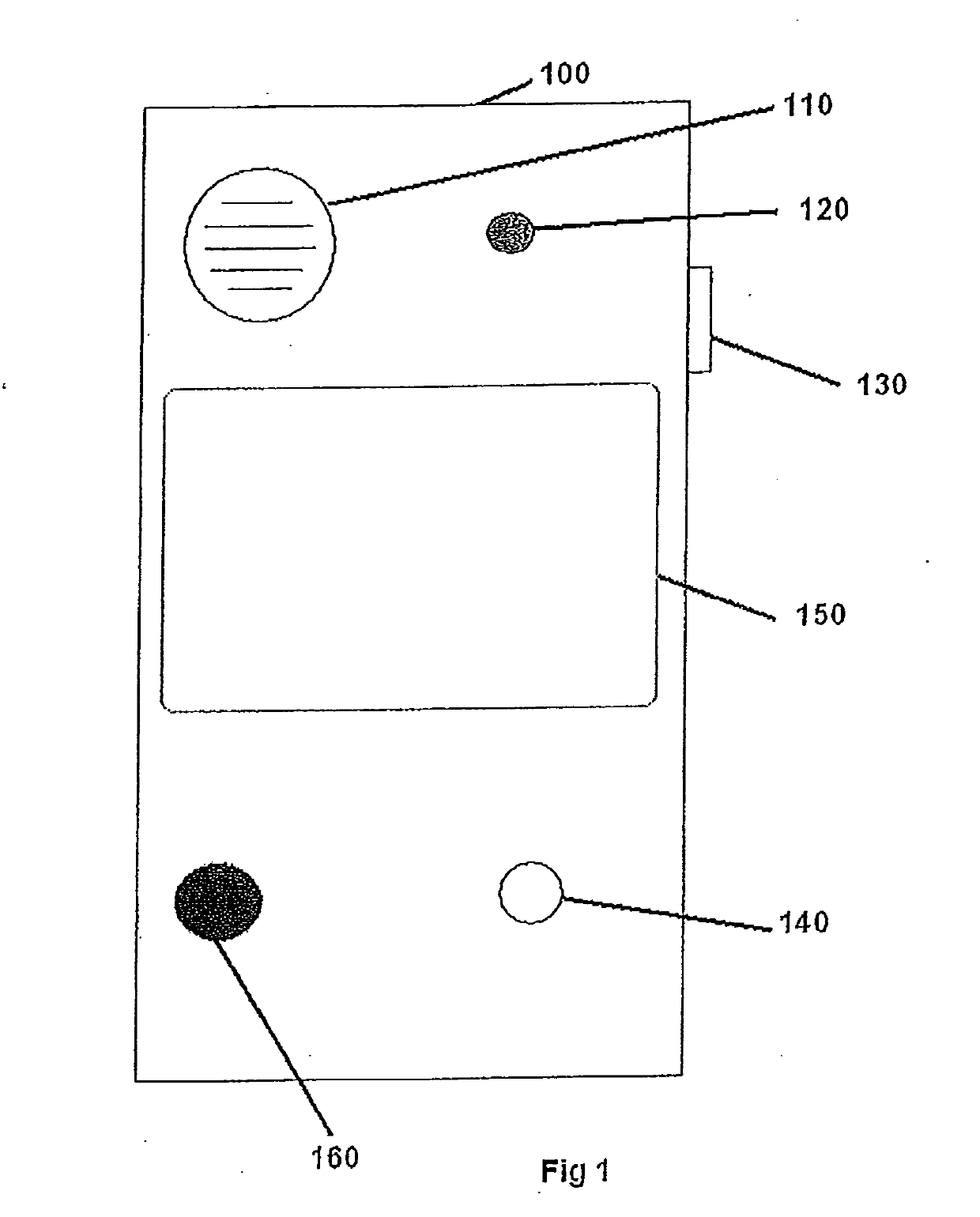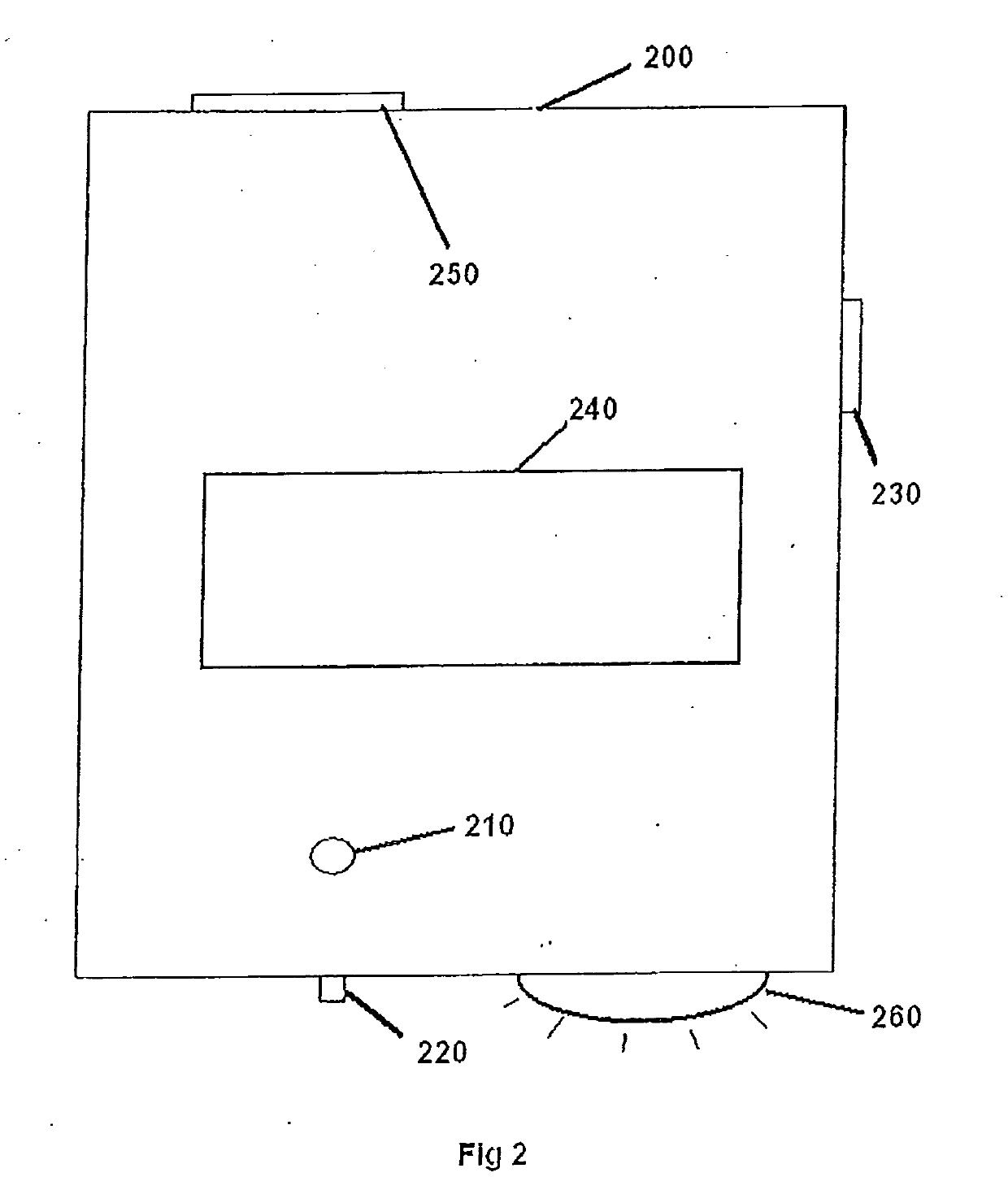Infection control monitoring system
a monitoring system and hand hygiene technology, applied in the direction of discounts/incentives, instruments, health care resources and facilities, etc., can solve the problems of inability to remove devices, difficulty in ensuring compliance by individuals, and limited success in convincing visitors to wash their hands, etc., to achieve the effect of facilitating participation and particularly straightforward implementation of a monitoring system
- Summary
- Abstract
- Description
- Claims
- Application Information
AI Technical Summary
Benefits of technology
Problems solved by technology
Method used
Image
Examples
Embodiment Construction
[0013]The invention provides a coordinated monitoring system to improve infection control in a wide variety of environments. Hand washing compliance represents one important application of the monitoring system. Variants of the monitoring system can also be used to track compliance with use of masks, gowns, eye shields, head covers, overalls, hazmat suits or other infection control / safety measures. Real time intervention can be implemented when there is a lack of compliance and corrective measures can be prescribed. Optionally, recordings can be made for review to determine individual and overall compliance. The expected benefits include increased patient, worker and visitor safety in the hospital setting and a decrease in the spread of disease as infection control compliance improves significantly. Furthermore, patient security is enhanced since access to the patient's room can be monitored for registered employees and visitors. In food industry settings a decrease in spread of inf...
PUM
 Login to View More
Login to View More Abstract
Description
Claims
Application Information
 Login to View More
Login to View More - R&D
- Intellectual Property
- Life Sciences
- Materials
- Tech Scout
- Unparalleled Data Quality
- Higher Quality Content
- 60% Fewer Hallucinations
Browse by: Latest US Patents, China's latest patents, Technical Efficacy Thesaurus, Application Domain, Technology Topic, Popular Technical Reports.
© 2025 PatSnap. All rights reserved.Legal|Privacy policy|Modern Slavery Act Transparency Statement|Sitemap|About US| Contact US: help@patsnap.com


